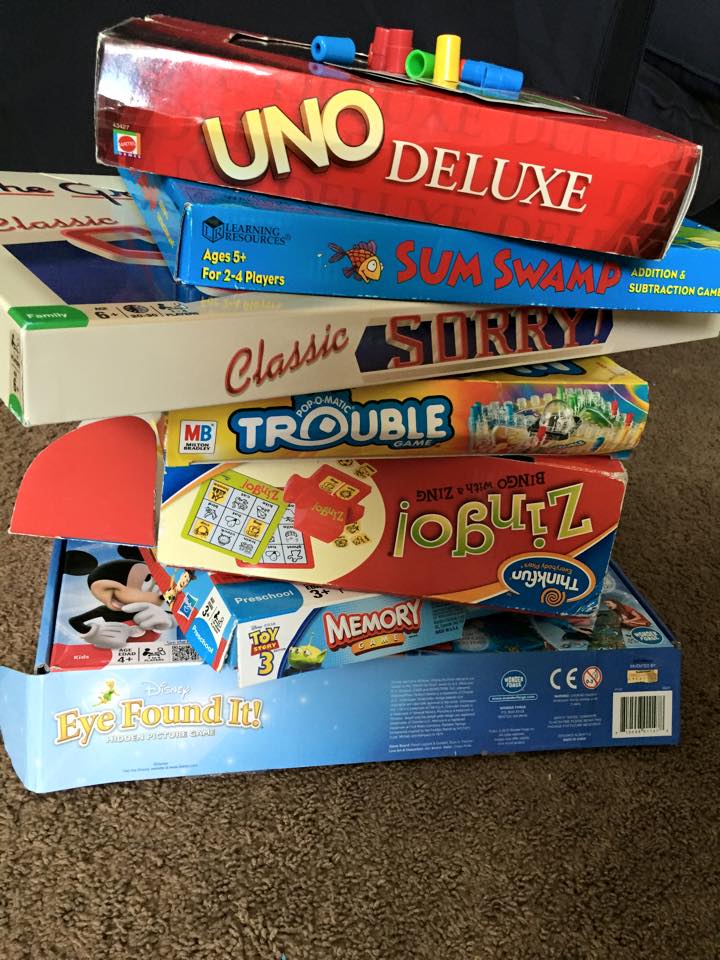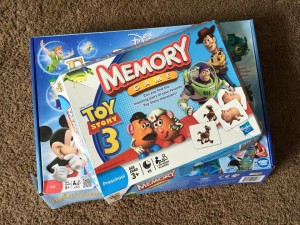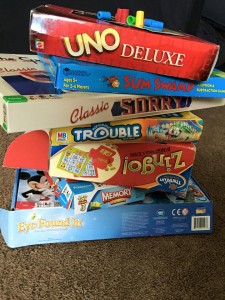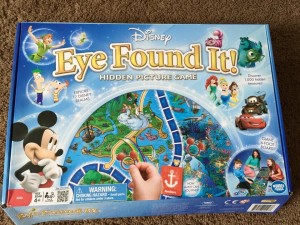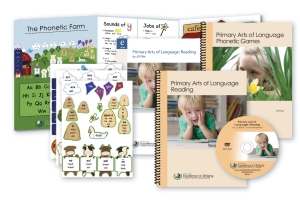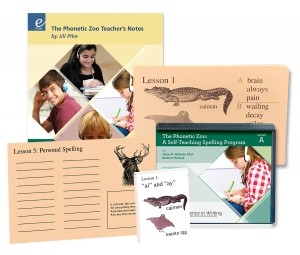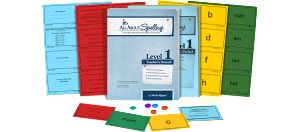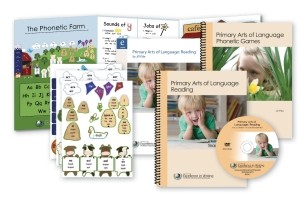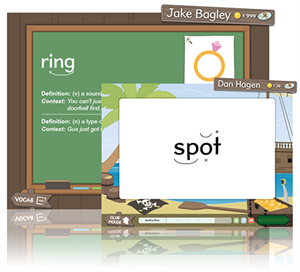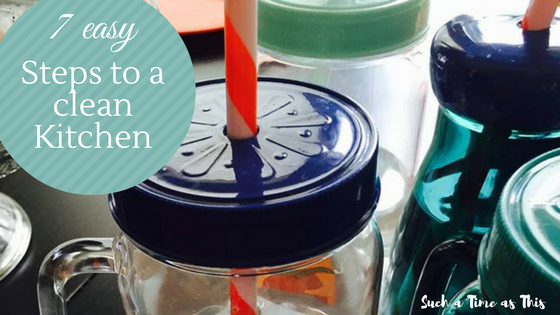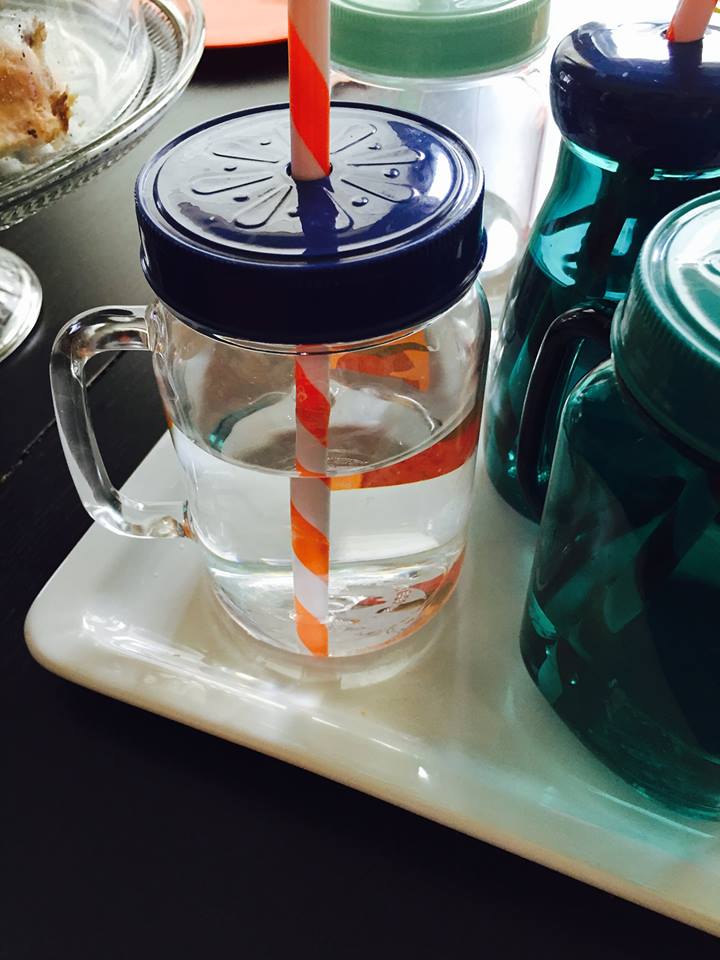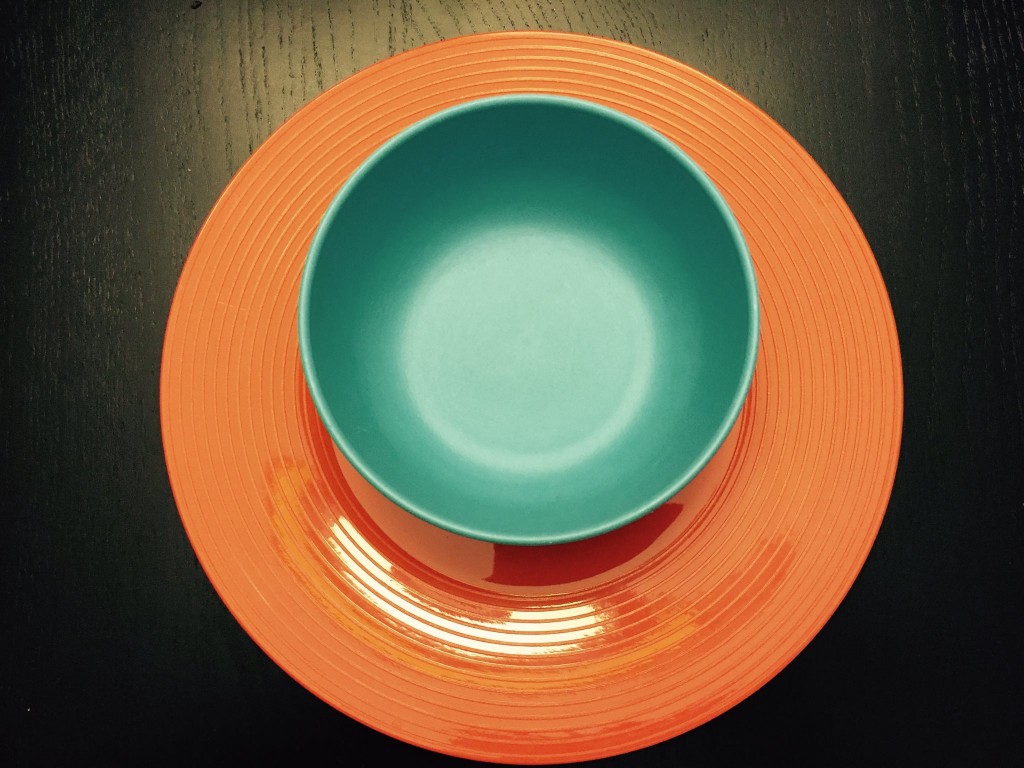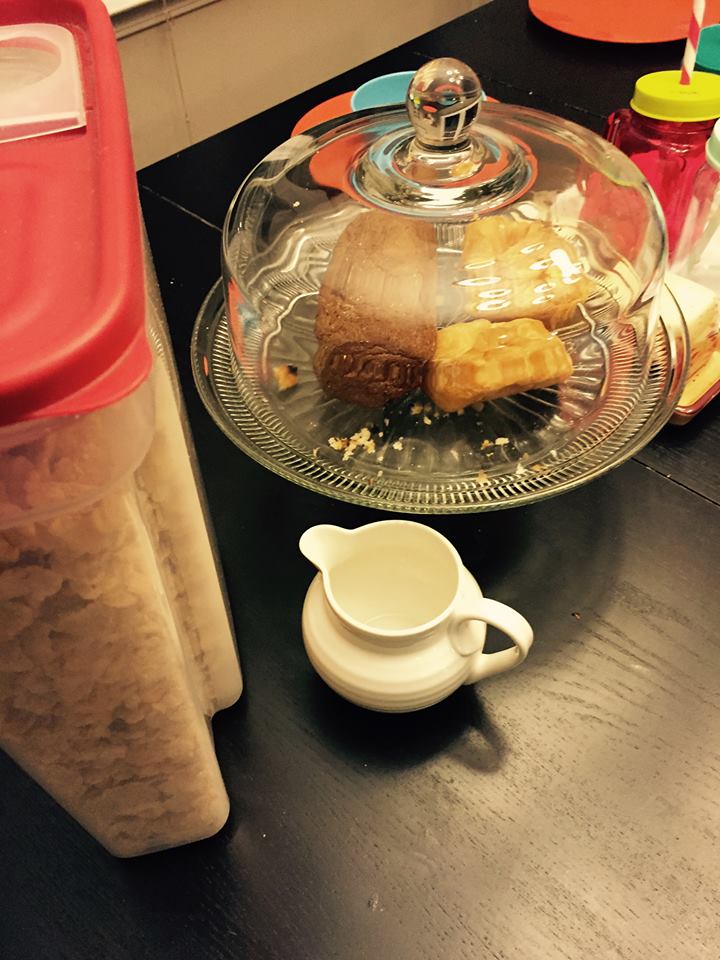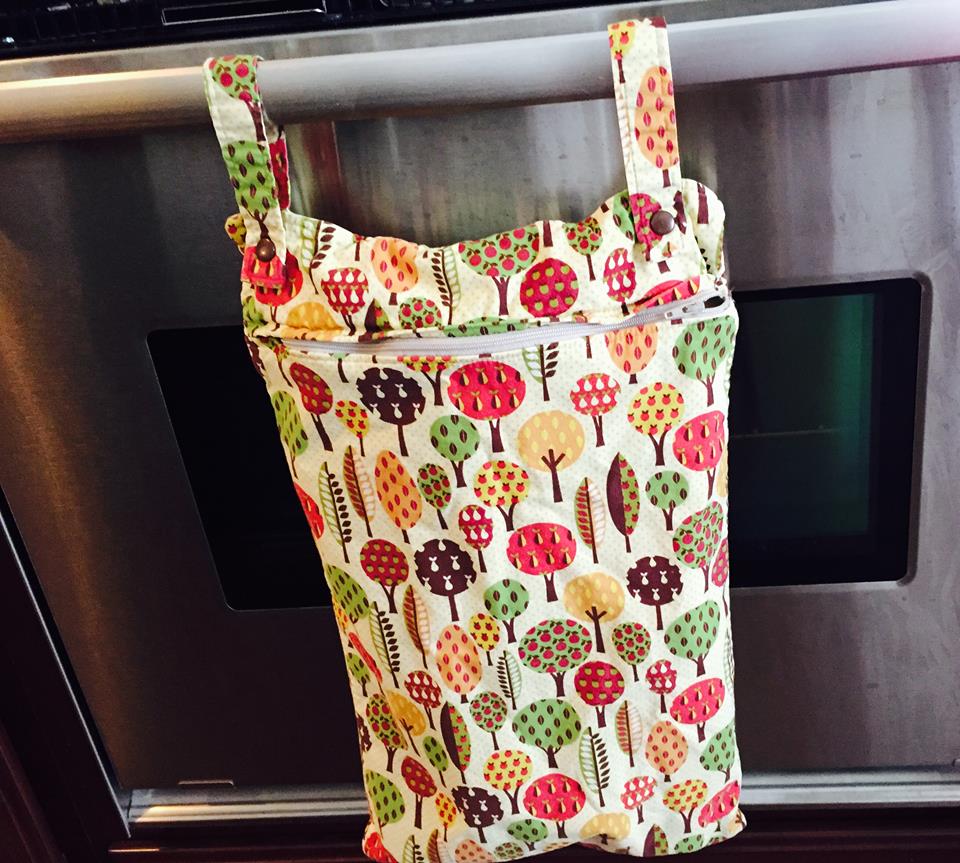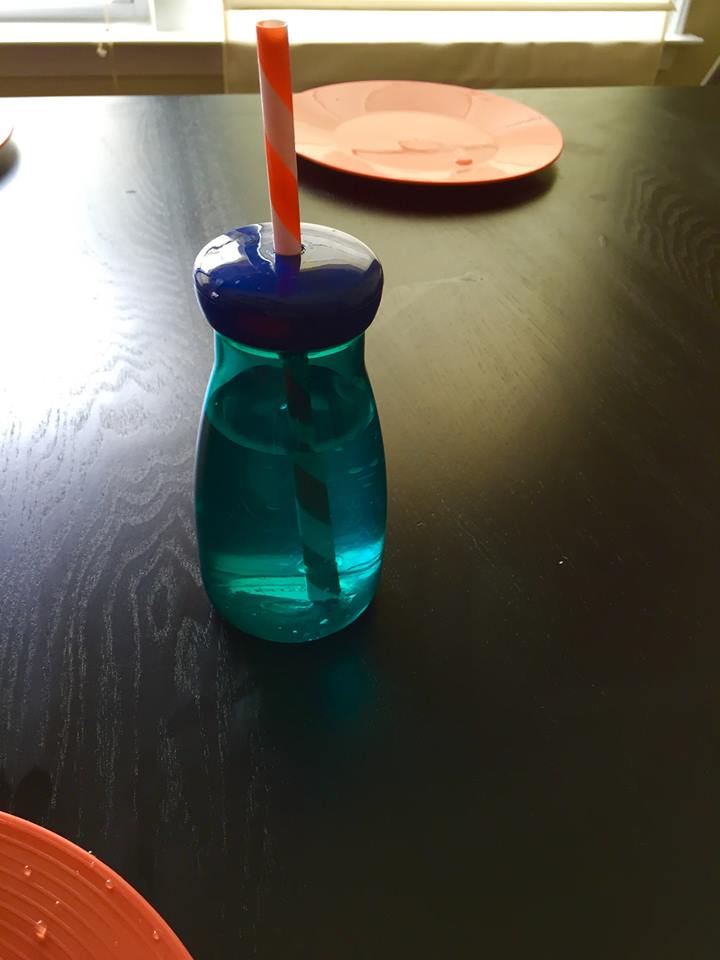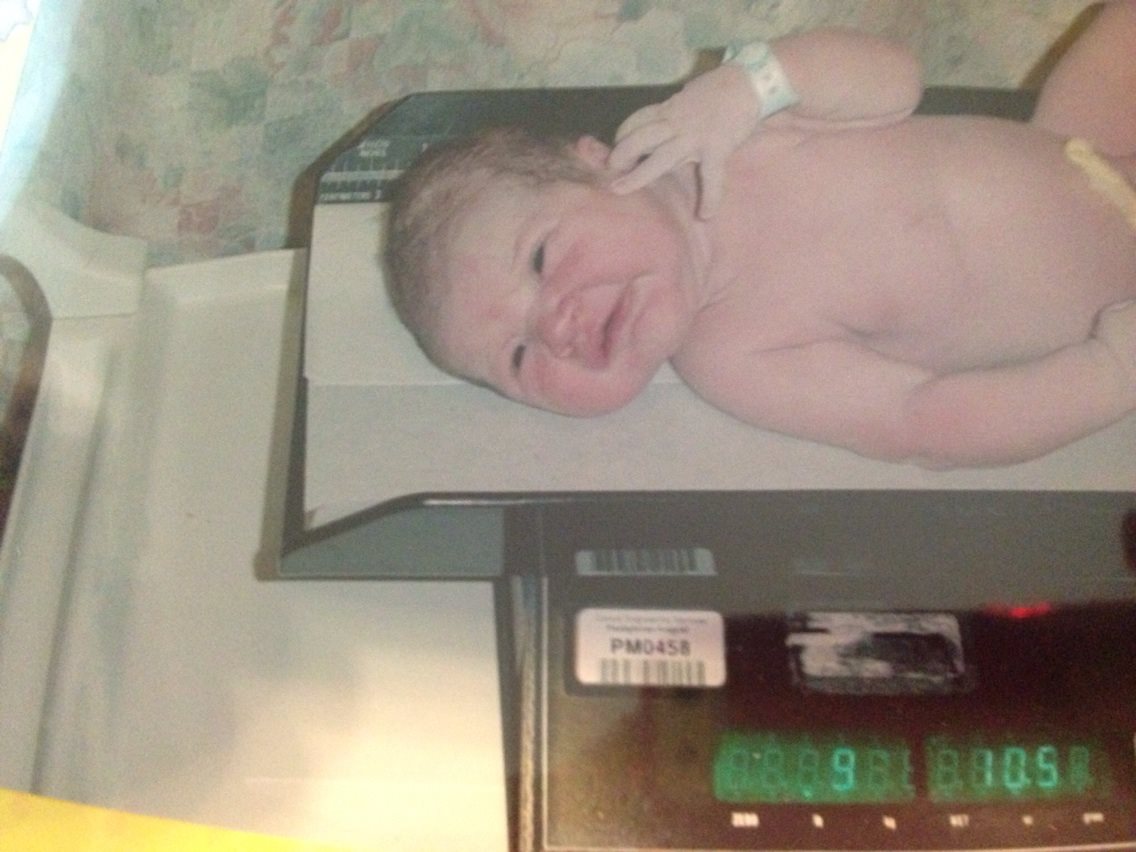
Once upon a time a young woman was full of life and so in love. She couldn’t wait to meet this itty bitty person. She couldn’t wait to know what the future held for this little one. She dreamed of the day she would finally have the chance to meet him. One day, she met this tiny baby – face to face. He was the most precious young prince she had ever seen. She knew she would love this child immensely – immeasurably – a love so deep one can’t describe. She imagined who he would grow to be. As she held his tiny hands and little toes, she imagined when he would grow up, what he would study, who he would marry. She knew that her life would never be the same.
Striving to do everything “the right way”, she knew she would never allow harm to come to this child. But in a blink of an eye, the wonderful rosy view of the future came crashing down into a darker reality. As more and more problems and struggles emerged for the little prince, the young woman didn’t know who to turn to. First to doctors and then more specialists and finally to therapists. Nobody could change this reality. Filled with questions, she wondered what happened? What will the future hold? What can we do to help him? This lead her into a dark forest of fear and defeat. Into tunnels of anger and frustration. Feeling as if she had lost the child she once had, now the little prince couldn’t keep up with his peers but he also couldn’t do some of the things he once did. Her frustration led her into an even darker forest of self-pity and sadness.
One day, while daydreaming she recollected on his once bright future but as if a looking glass falling from her hand, this was shattered into a million small and tiny pieces. There was no chance to put this back together. As time went on she grieved … she grieved the future she thought he would have, she grieved the idea of the mother she thought she was, she grieved the dreams gone and the happy, silly child she once knew. A child who was transformed before her eyes. There was silence, instead of calls of “mommy”. There were loud noises. There were fluttering hands. Empty laughter. Repititions where there was once calm. Destruction where there was once peace.
The grieving would have to pause while she got a handled on the behavior. With little practical advice and a lot of nonsense … she was on a mission to fix what had become broken. She came across people on this journey that called this “a gift”. This condition that somehow her prince had was anything but a gift to her child. She was maneuvering through this new normal with less friendships, too, because when her child couldn’t communicate and couldn’t play with the friends he once had, he was all alone. She was alone, too. Neither of them fit in. Playdates stopped. Loneliness crept in. Parks and libraries were not always welcoming. Behaviors made it nearly impossible to interact with others. Loud noises made it “inappropriate” to visit. The normal joys of childhood vanished. Life became about managing behaviors while trapped in a glass house … so much advice, so little compassion.
Thus continued the long, dark, and winding road into bitterness. It is one road that it is hard to escape. While in the grip of this darkness that had befallen the young woman, an angel spoke with her soft voice to stir in her heart the truth of the Lord. This bitterness needed to be released. The truth was that the bitterness would slowly destroy the woman from the inside out – it would devour her like all sin would. So out of the dark forest slowly she stumbled. Day after day. As her journey continued, new friendships formed for her and the little boy. Friends that loved regardless of how bad of a day she was having. Friends that loved her little prince, even if he was unlike the other little princes. Friends that knew the right words to say when she truly needed help. Friends who were sent from the Lord to show her love.
While wandering out of this dark forest she saw that this condition, which had befallen her son, was terrible, but what was worse was how this fear, sadness, anger, envy, and bitterness had overtaken her heart. She feared that she could never be the perfect mother to her boy – she couldn’t fix him, she couldn’t make him like she thought he would be when he was a tiny infant. Through the years truth was revealed. She was called to be his mother. God had created her. He was transforming her heart and mind. God had created him. He would always care for him. He would never leave him. He would never leave her. She knew that she was called to love the child. She was called to teach him. She was called to care for this young boy. She wouldn’t be perfect because nobody can be. But she could be the mother that God had made her to be. So as she went along she then allowed the Lord to guide her path. He led her out of the dark forest and into the light.


